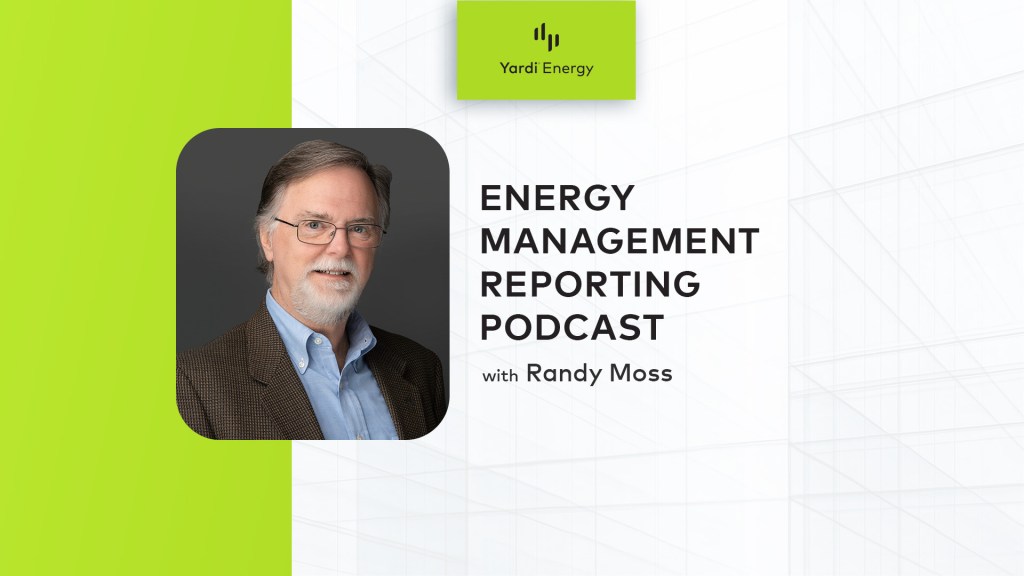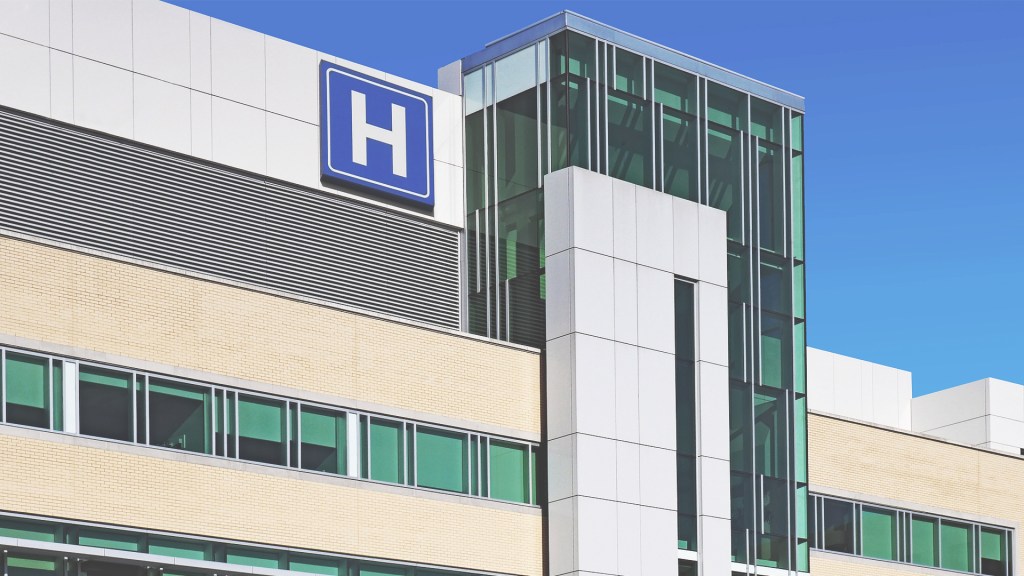By Anca Gagiuc on October 17, 2014 in Technology
The map of U.S. cities wired with Internet super-speeds is growing steadily. Providers have diversifed: in addition to Google, AT&T is bringing a flashy-fast fiber-optic network to towns throughout the co untry. Recently San Marcos, Texas-based Grande Communications announced plans for a 1 Gigabit network in already-wired Austin, while AT&T continues to grow its U-verse, heading for San Antonio after setting up in Austin.
untry. Recently San Marcos, Texas-based Grande Communications announced plans for a 1 Gigabit network in already-wired Austin, while AT&T continues to grow its U-verse, heading for San Antonio after setting up in Austin.
AT&T’s U-verse network is capable of providing upload and download speeds of up to 1 gigabit per second, to both consumers and businesses. The speed, explained in simple terms, means that 25 songs could be downloaded in one second, the customer’s favorite TV show in less than 3 seconds, and a high-definition online movie in less than 36 seconds. The Wi-Fi speeds will increase and the users will have the ability to schedule DVR (with greater storage capacity) recordings and watch TV on over 30 models of smartphones and tablets, as well as PCs.
For businesses, whether they’re startup companies or veterans, this access to high-speed networks means the ability to develop innovative products that will boost the economy. This will give them the opportunity to compete on a global scale with other countries that already have much faster networks in place. Faster speeds means faster upload, download, and large data files sharing, cloud back-up, and seamless videoconferencing with suppliers, business partners, and customers.
The AT&T GigaPower network launched in Austin in December 2013 and the result exceeded expectations: the demand was much higher than anticipated. As result, the company announced to expand its ultra-fast fiber network to approximately 100 cities and municipalities across 25 markets throughout the country.
“Similar to previously announced metro area selections in Austin and Dallas and advanced discussions in Raleigh-Durham and Winston-Salem, communities that have suitable network facilities, and show the strongest investment cases based on anticipated demand and the most receptive policies will influence these future selections and coverage maps within selected areas,” according to a news release.
Competition is good for the consumer; besides the lower prices it means better products. In the run for Internet-wiring between Google and AT&T, Time Warner had no choice that to increase its speeds to 300 mbps up from 50 mbps.
In addition to San Antonio, the other metropolitan areas include: Atlanta, Augusta, Charlotte, Chicago, Cleveland, Fort Worth, Fort Lauderdale, Greensboro, Houston, Jacksonville, Kansas City, Los Angeles, Miami, Nashville, Oakland, Orlando, San Diego, St. Louis, San Francisco, and San Jose. With the previously announced markets, AT&T made a commitment to or is exploring 25 metro areas for fiber development.
Do you have access to fiber-based internet? How has it improved your daily life?


